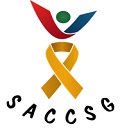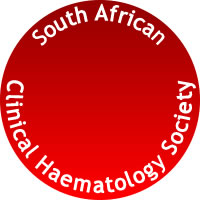Original Research
Mammogram history in Nigerian women: Age-related risk factors for breast cancer and educational implications
Submitted: 21 May 2018 | Published: 31 July 2018
About the author(s)
Eric O. Umeh, Radiology Department, Nnamdi Azikiwe University Teaching Hospital, NigeriaKanayo F. Umeh, School of Natural Sciences and Psychology, Liverpool John Moores University, United Kingdom
Uzoamaka R. Ebubedike, Radiology Department, Nnamdi Azikiwe University Teaching Hospital, Nigeria
Chiamaka F. Ezeugbor, Radiology Unit, Iyienu Mission Hospital, Nigeria
Chukwuziem N. Anene, Radiology Unit, Iyienu Mission Hospital, Nigeria
Abstract
Background: Breast cancer accounts for 25% of diagnosed cancers and 20% of cancer-related mortality in women from sub-Saharan Africa. Given the early onset of breast cancer in African women, there is a need to better understand how age-related risk factors contribute to mammography uptake in this population.
Aim: To identify age-related risk factors for breast cancer associated with previous uptake of mammograms in asymptomatic Nigerian women and consider implications for health education campaigns.
Method: Participants comprised 544 asymptomatic Nigerian women (aged 28–75 years) responding to breast cancer public awareness campaigns, by presenting for baseline or screening mammography at a local hospital. Information about mammography history and age-related risk factors (menarche, menopausal and chronological age) were obtained by interviewing the participants face-to-face, before proceeding with mammography. Hierarchical logistic regression was used to estimate the odds of previous mammograms based on the age-related risk factors.
Results: The likelihood of previous mammography screening increased by a factor of 1.07 (95% confidence interval [CI]: 1.00–1.14) for every year older chronologically and decreased by a factor of 1.12 (95% CI: 1.24–1.01) for every year older at menarche. Age at menarche partly mediated the relationship between chronological age and mammography history (effect = –0.01, 95% CI: –0.01, –0.00). Women with a history of breast cancer were 6.11 times more likely to have previously undertaken mammography screening (95% CI: 2.49–14.97). Age at menopause and age at first confinement were unrelated to mammography history.
Conclusions: Nigerian women may recognise the need for mammograms because of adverse age-related risk factors for breast cancer, notably menarche and chronological age. However, awareness of menopausal age as a risk factor and basis for mammography screening may be deficient. It is therefore recommended that public awareness campaigns should emphasise the importance of older menopausal age in breast cancer risk and as a basis for requesting mammograms.
Keywords
Metrics
Total abstract views: 3051Total article views: 4284



